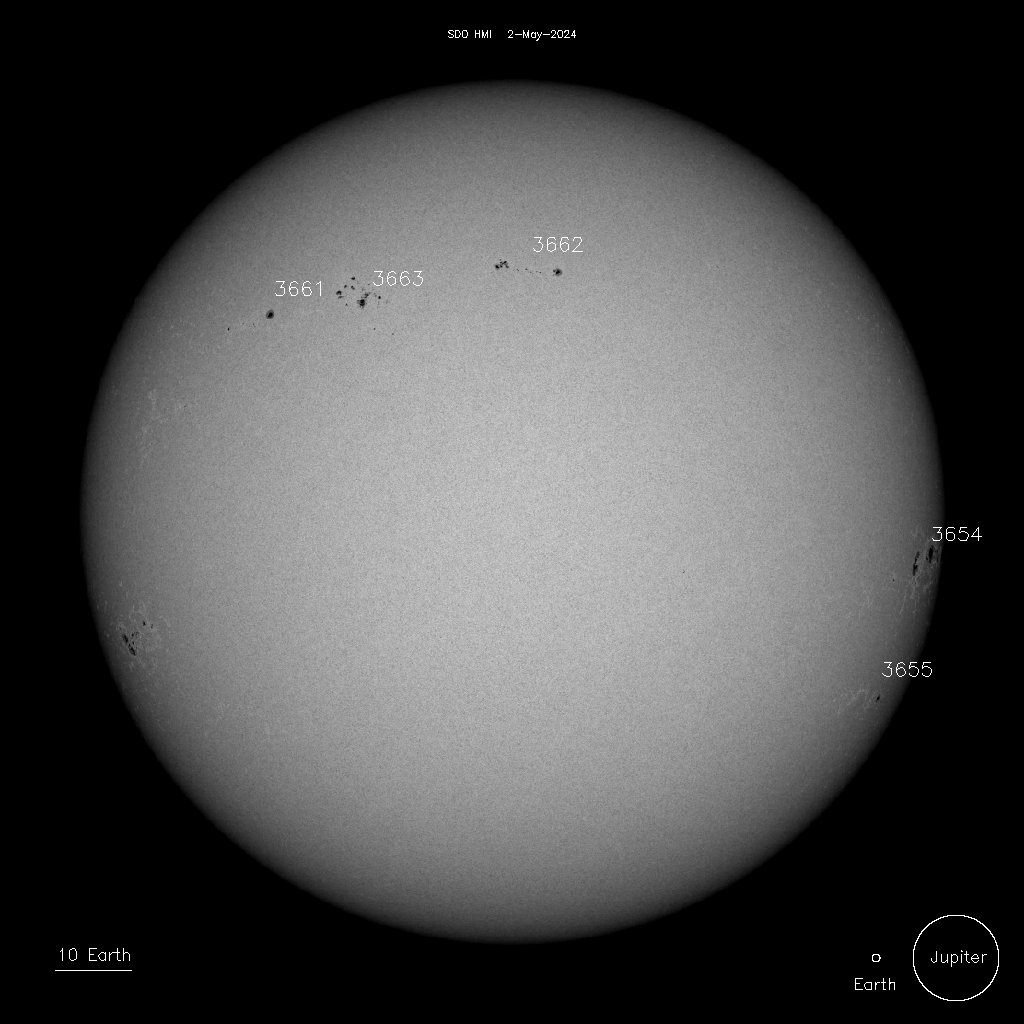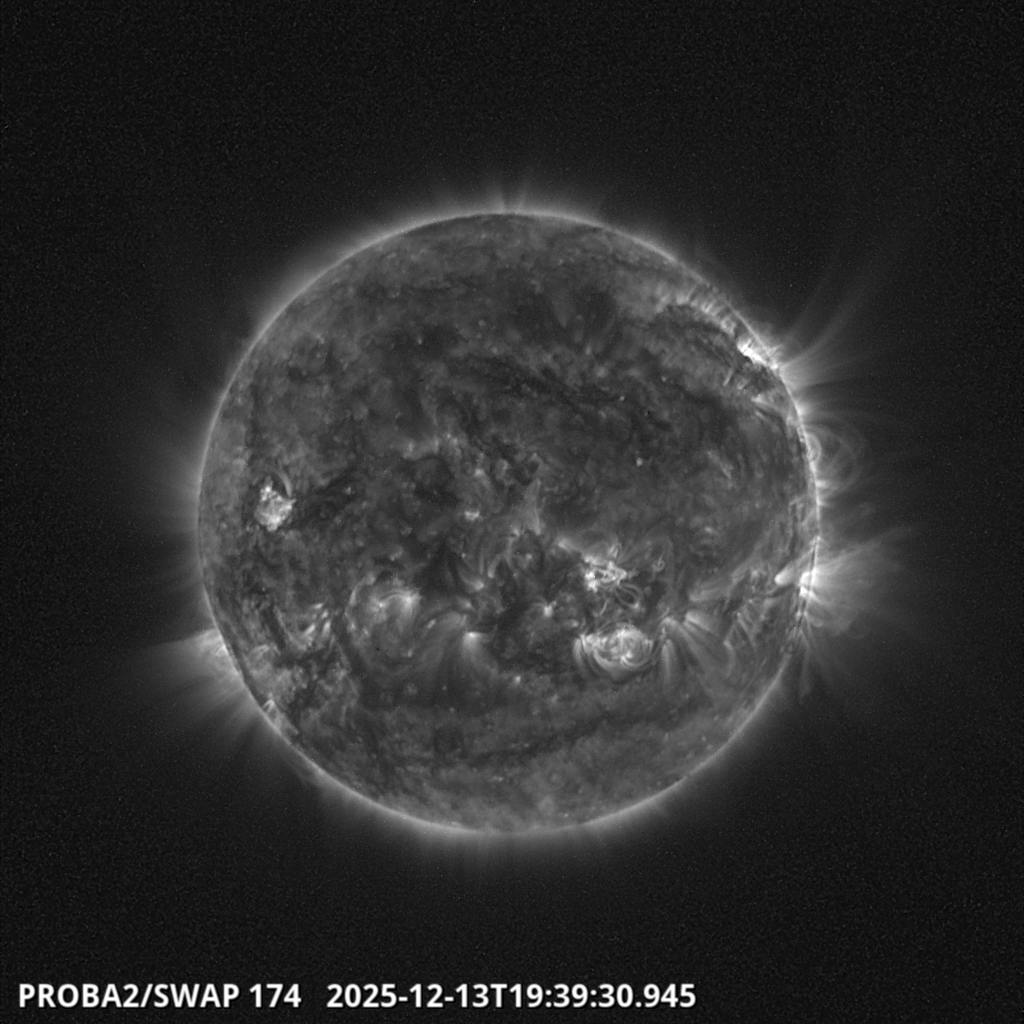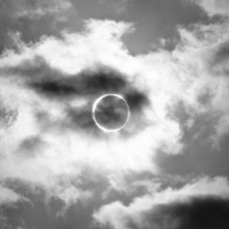Saturn Vortex Bigger Than Jupiter’s Great Red Spot Continues To Amaze
The remarkable disturbance that began in Saturn’s northern hemisphere late in 2010 was initiated by a single discrete outburst of bright white cloud material, which spread with the prevailing zonal winds to completely encircle the planet within a matter of weeks. The disturbance generated the largest stratospheric thermal anomalies ever detected on Saturn (infrared ‘beacons’ that dominate the planetary emission), revealing dynamical coupling over hundreds of kilometers from the troposphere to the stratosphere (Orton et al. 2012). Observations made between January and March of 2011 revealed the presence of two stratospheric ‘beacons’ and only tropospheric cooling associated with the upwelling regions of the disturbance and a mysterious explosion in ethylene production (Hesman et al. 2012; Tejfel et al. 2012; Baines et al. 2012).
At one point NASA’s Cassini-Huygens orbiter detected on Saturn an “almost unbelievable” regional temperature spike of 84°C (84K) above the normal stratospheric temperature levels: the biggest jump ever recorded in our solar system (Fletcher et al. 2011). Temporal variations of Saturn’s equatorial jet and magnetic field hint at rich dynamics coupling the atmosphere and the deep interior. However, it has been assumed that rotation of the interior dynamo must be steady over tens of years of modern observations. The planetary-scale storm that perturbed Saturn’s seasonal cycle in its northern hemisphere in 2010-2011 has left a hot stratospheric vortex at 40∘N. This large vortex is still observable as of mid-2012.

Fig. 1: NASA’s Cassini-Huygens Saturn orbiter detected an “almost unbelievable” regional temperature spike of 84°C (84K) above the normal stratospheric temperature level. (Credit: NASA JPL.)
The size and power of the storm at its strongest was revealed largely through infrared imaging. What that instrument found, and what optical telescopes could not have, is that, as the visible storm spread in cloud deck of Saturn’s troposphere, waves of energy shot up hundreds of miles, creating enormous beacons of hot air which pushed into the stratosphere. Saturn completes an orbit of the sun every 30 Earth years and has a major storm at roughly the same interval. The 2011 monster storm came ten years early and lasted for more than half a year. It was also the first to be monitored by a sophisticated orbiting satellite.
As outlined by Fletcher et al. (2012) the evolutionary sequence of the Saturn storm can be divided into three phases: (I) the formation and intensification of two distinct warm airmasses near 0.5 mbar between 25 and 35N (one residing directly above the convective storm head) between January-April 2011, moving westward with different zonal velocities; (II) the merging of the warm airmasses to form the large single `stratospheric beacon’ near 40N between April and June 2011, dissociated from the storm head and at a higher pressure (2mbar) than the original beacons; and (III) the mature phase characterised by slow cooling and longitudinal shrinkage of the anticyclone since July 2011, moving west with a near-constant velocity of 2.70±0.04 deg/day (-24.5±0.4 m/s at 40N). Peak temperatures of 220K at 2mbar were measured on May 5th 2011 immediately after the merger, some 80K warmer than the quiescent surroundings.
The image here [http://sci.esa.int/science-e-media/img/35/Cassini_Saturn-Vortex_VLT.jpg] is from the Very Large Telescope in Chile, and was taken in the infrared, where the heat in the vortex is fairly obvious. Mind you, it’s not like it was a firestorm: the maximum temperature was still an extremely cold -150° C (123.15K), but compared to Saturn’s usual -220 or so degrees the spike is quite an increase.
The rise in temperature was unexpected. A 20K rise is about the usual fare for these things, but then, this wasn’t a usual storm. Apparently, this hot spot started as two separate vortices, spawned by the storm seen in visible light, and moving around the planet at slightly different speeds. They eventually merged, forming this one ginormous vortex, which at its biggest was over 62,000 km (38,000 miles) across. Interestingly, it grew to this size around the time the visible storm had faded away.
Still the enormous swing in temperatures may have changed the kind of chemistry taking place, allowing the methane present to evolve into ethylene in a way extremely atypical for Saturn. Cassini and ground-based observations have shown that the temperature and the chemistry of hydrocarbons have been perturbed in the vortex. Researchers expected the beacons to break up and cool down, but by early 2011 they had instead merged into one enormous vortex that for a brief period was larger than of Jupiter’s enormous Great Red Spot.
Suggested Further Reading:
- Besman, B.E.; et al. (2012) Ethylene Emission In The Aftermath of Saturn’s 2010 Northern Storm. American Astronomical Society, DPS meeting #44, #403.06.
- Fletcher, L.N.; et al. (2012) The Evolution & Fate Of Saturn’s Stratospheric Vortex: Infrared Spectroscopy From Cassini. American Astronomical Society, DPS meeting #44, #403.01.
- Momary, T.; et al. (2011) Saturn’s Great White Storm (2010): Correlations Between Clouds & Thermal Fields? American Geophysical Union, Fall Meeting 2011 #P13C-1683















Comments are closed.